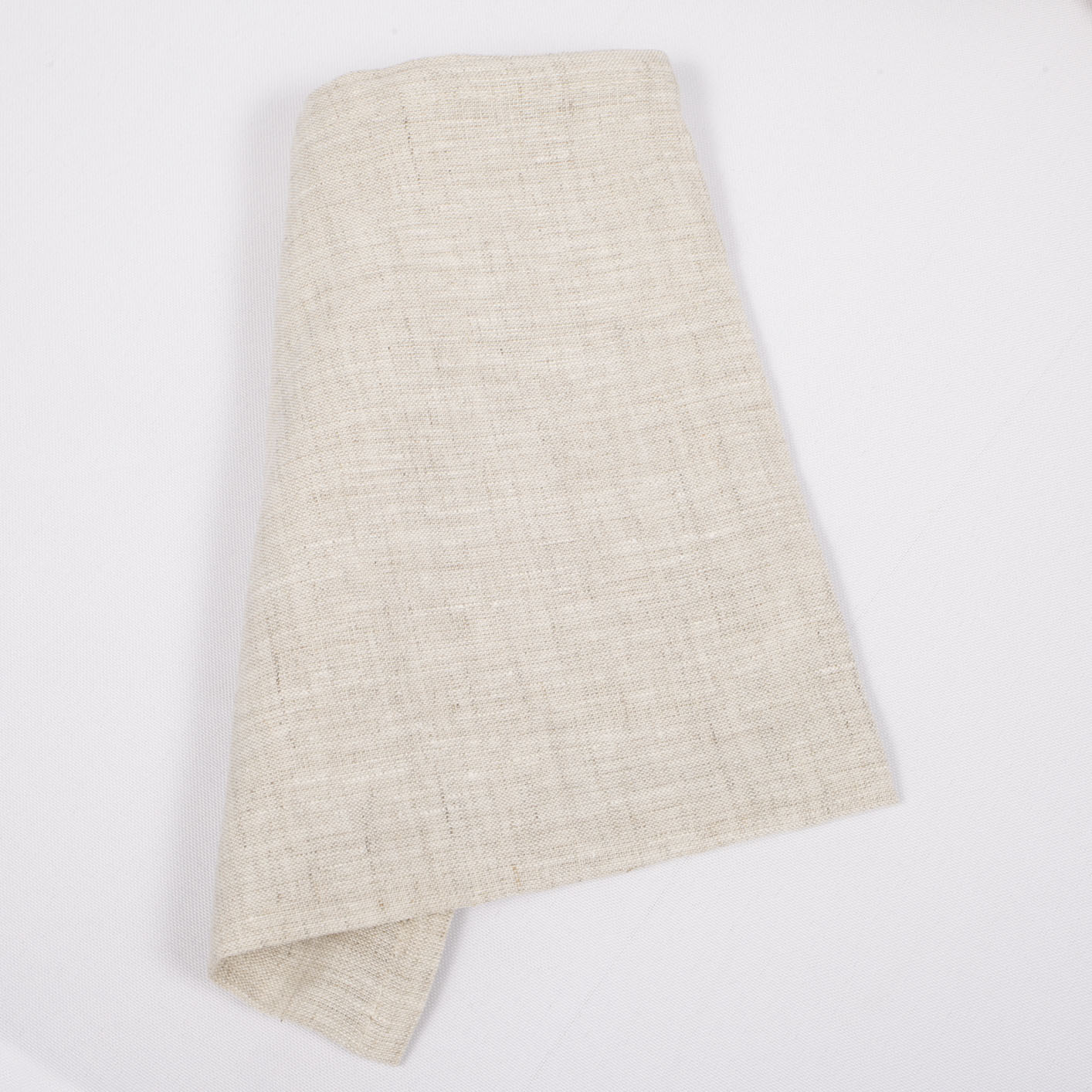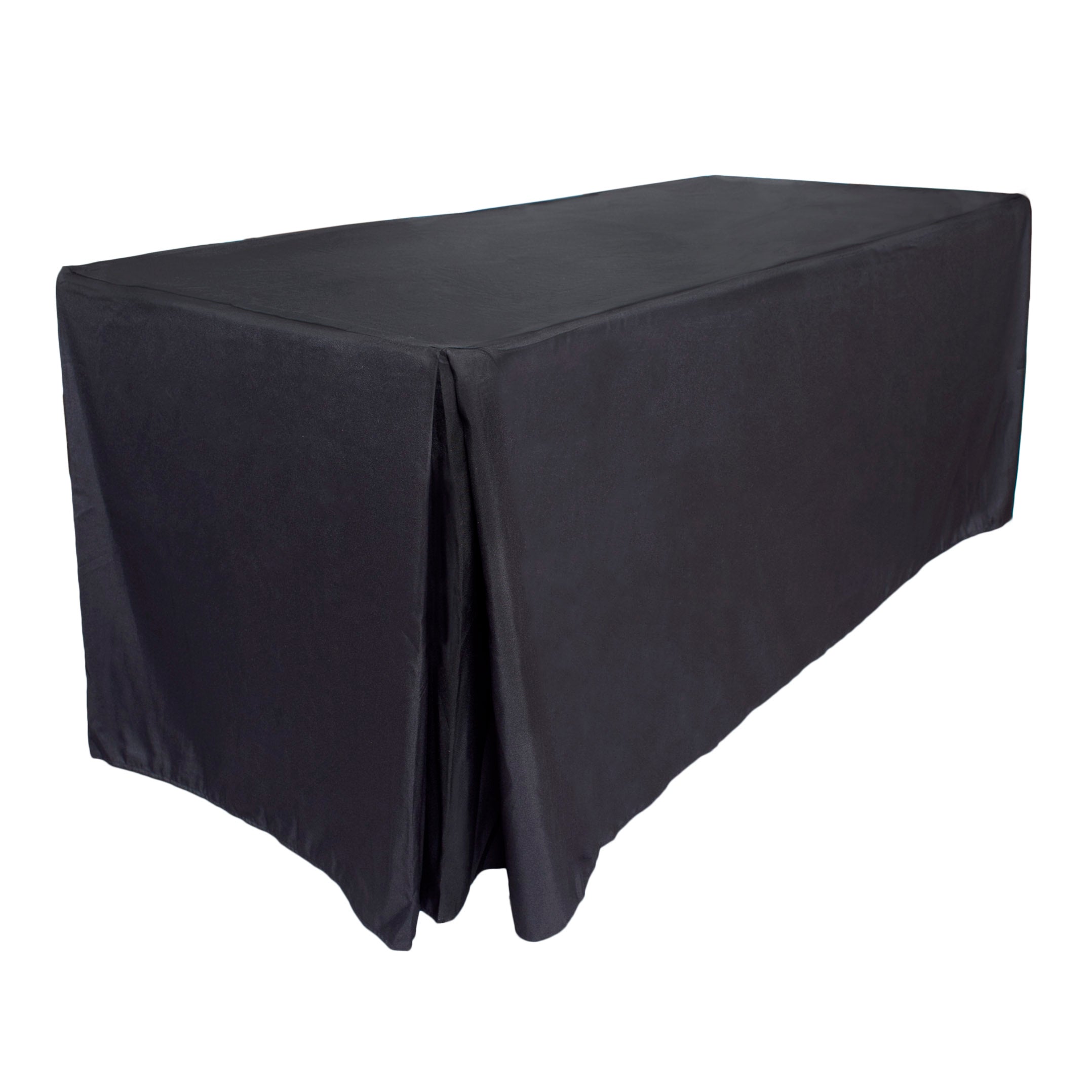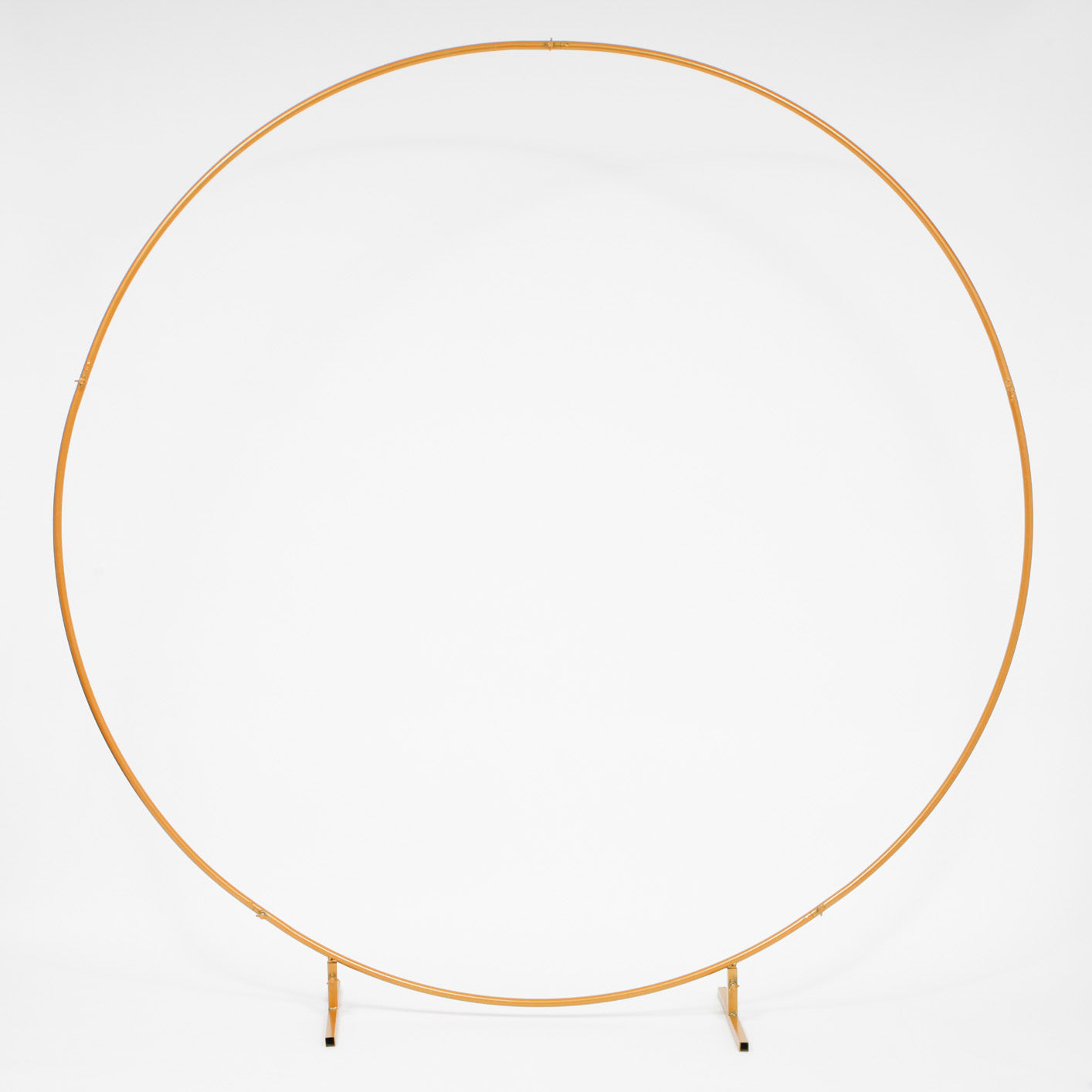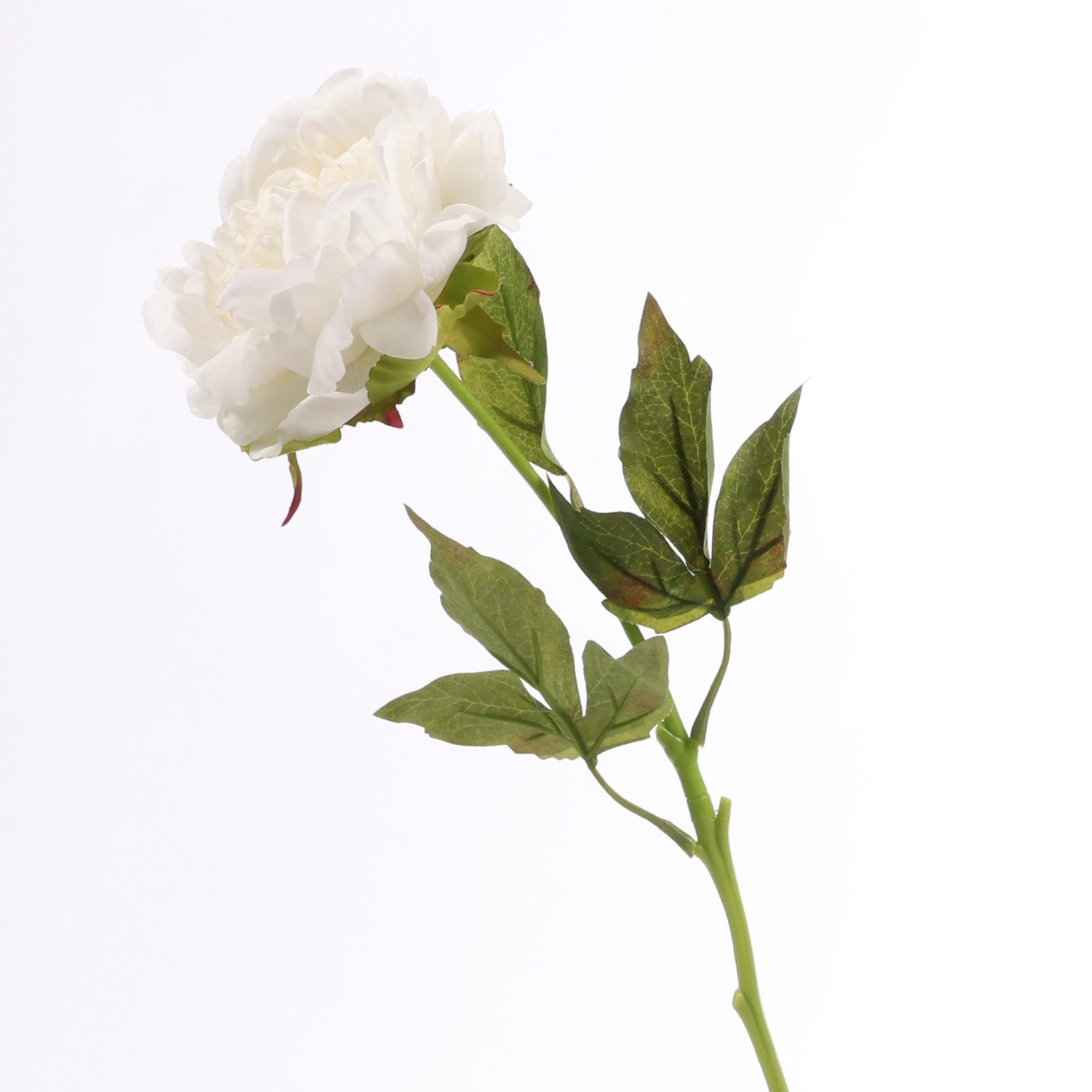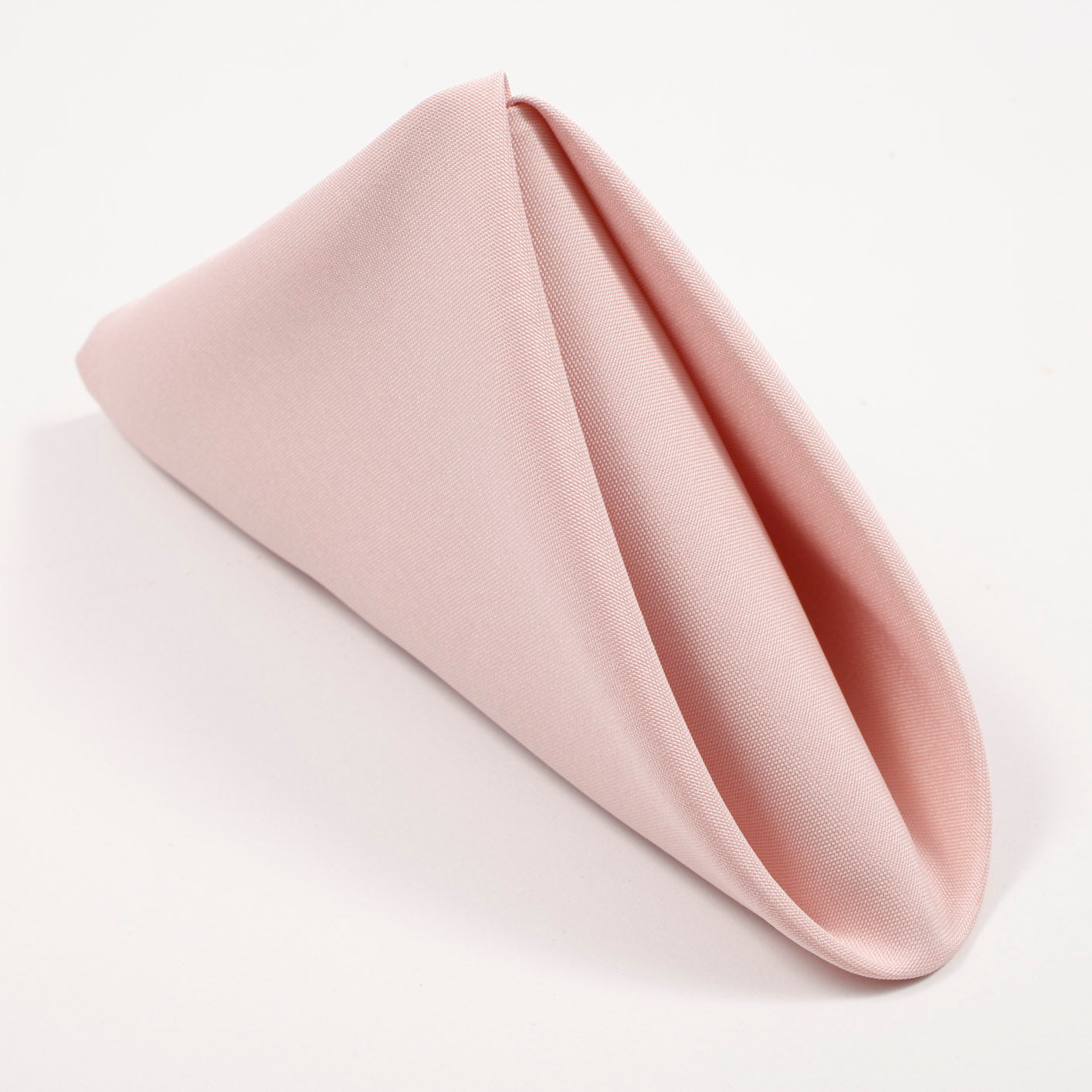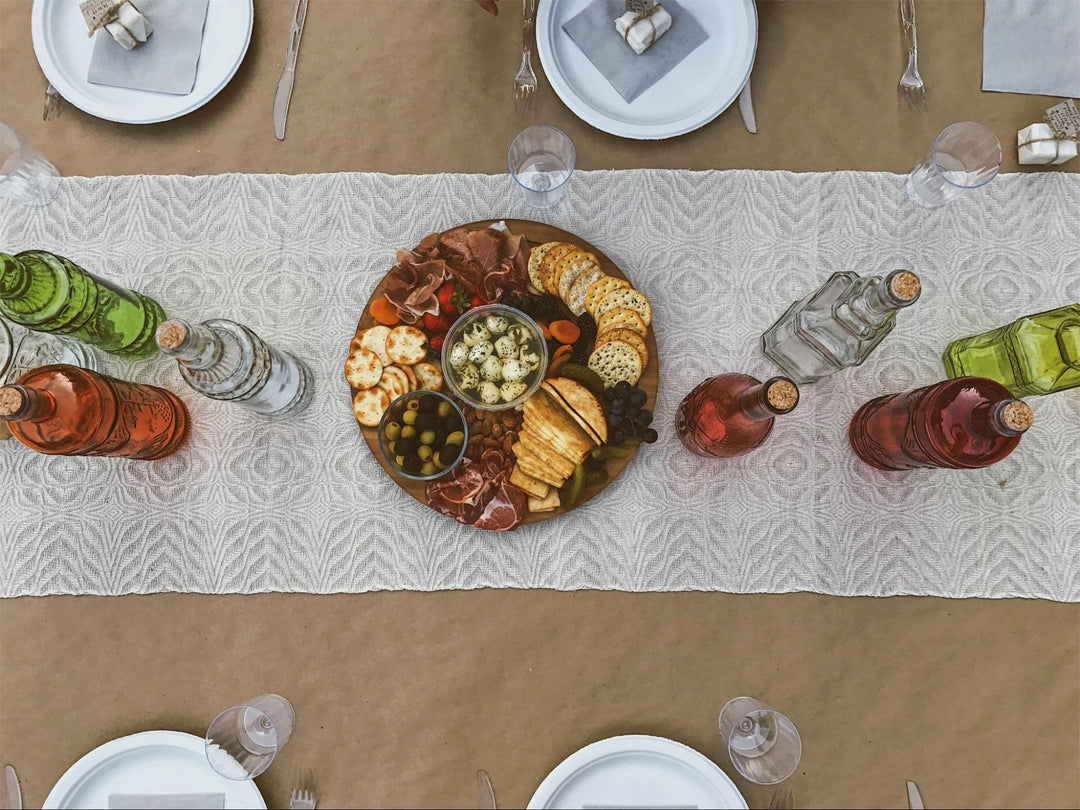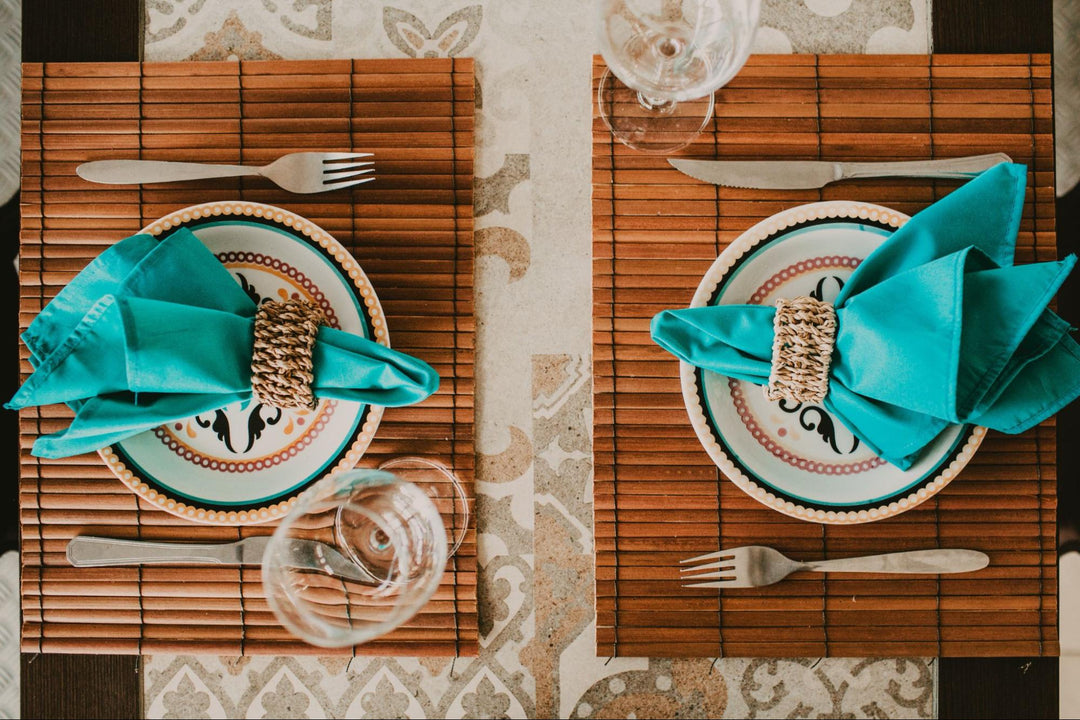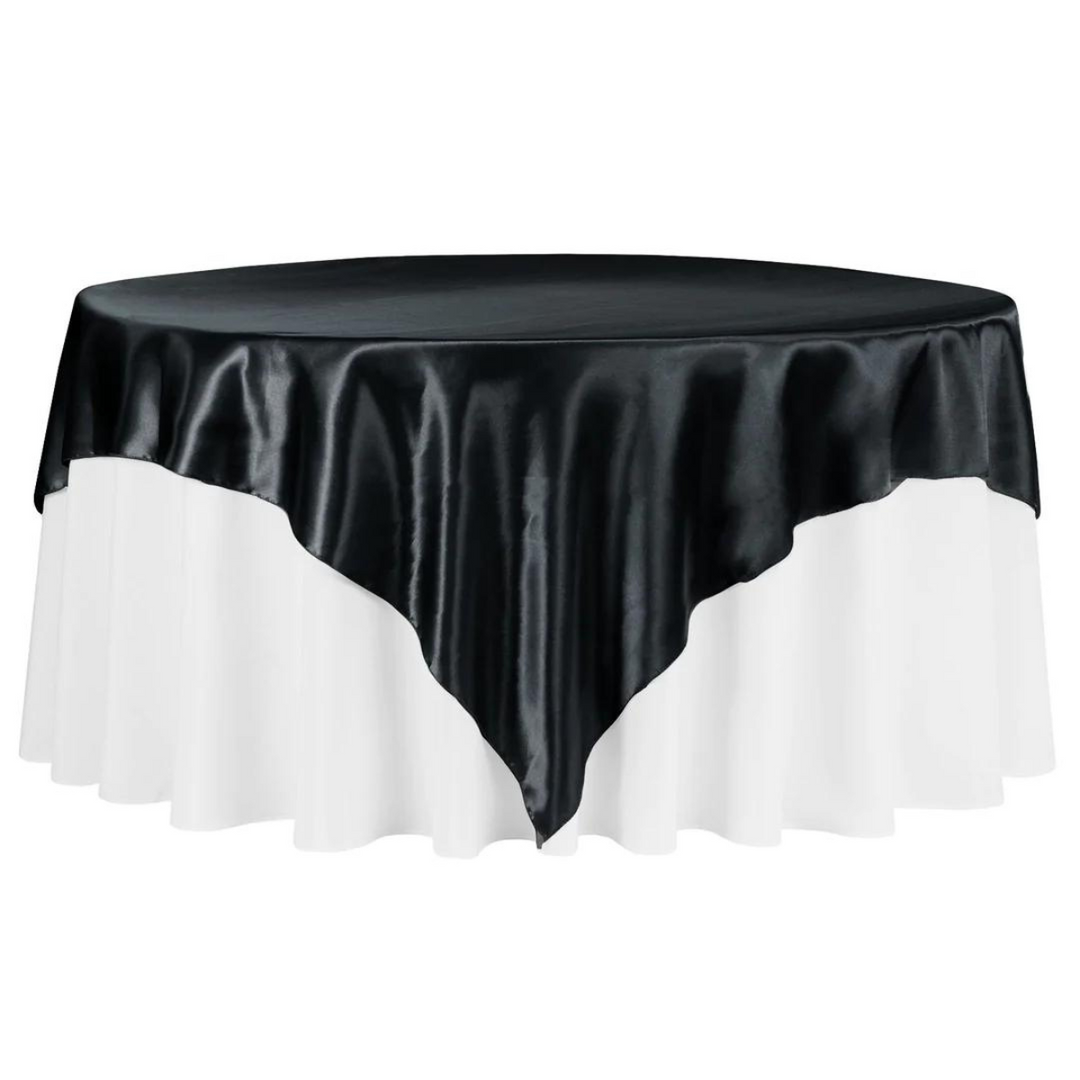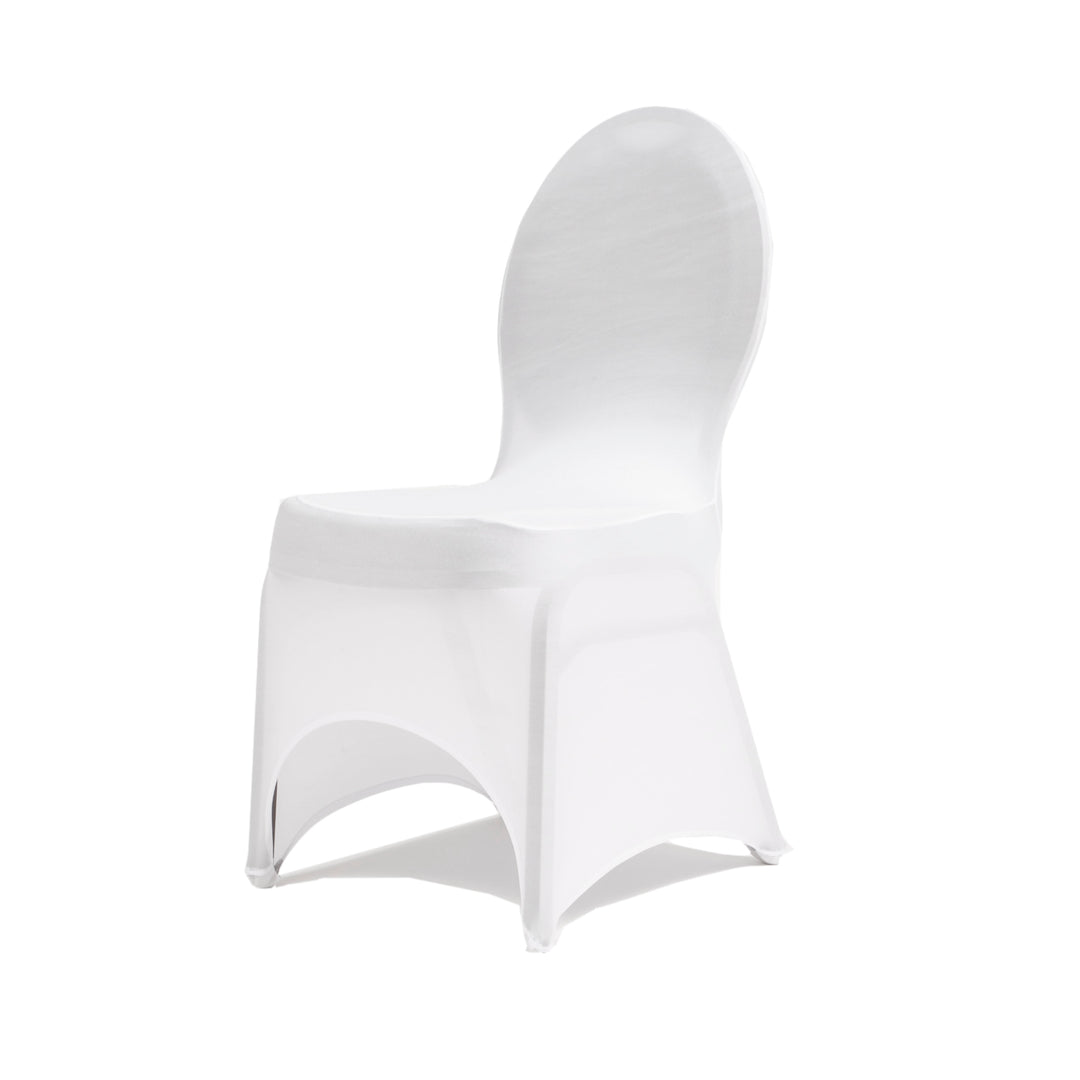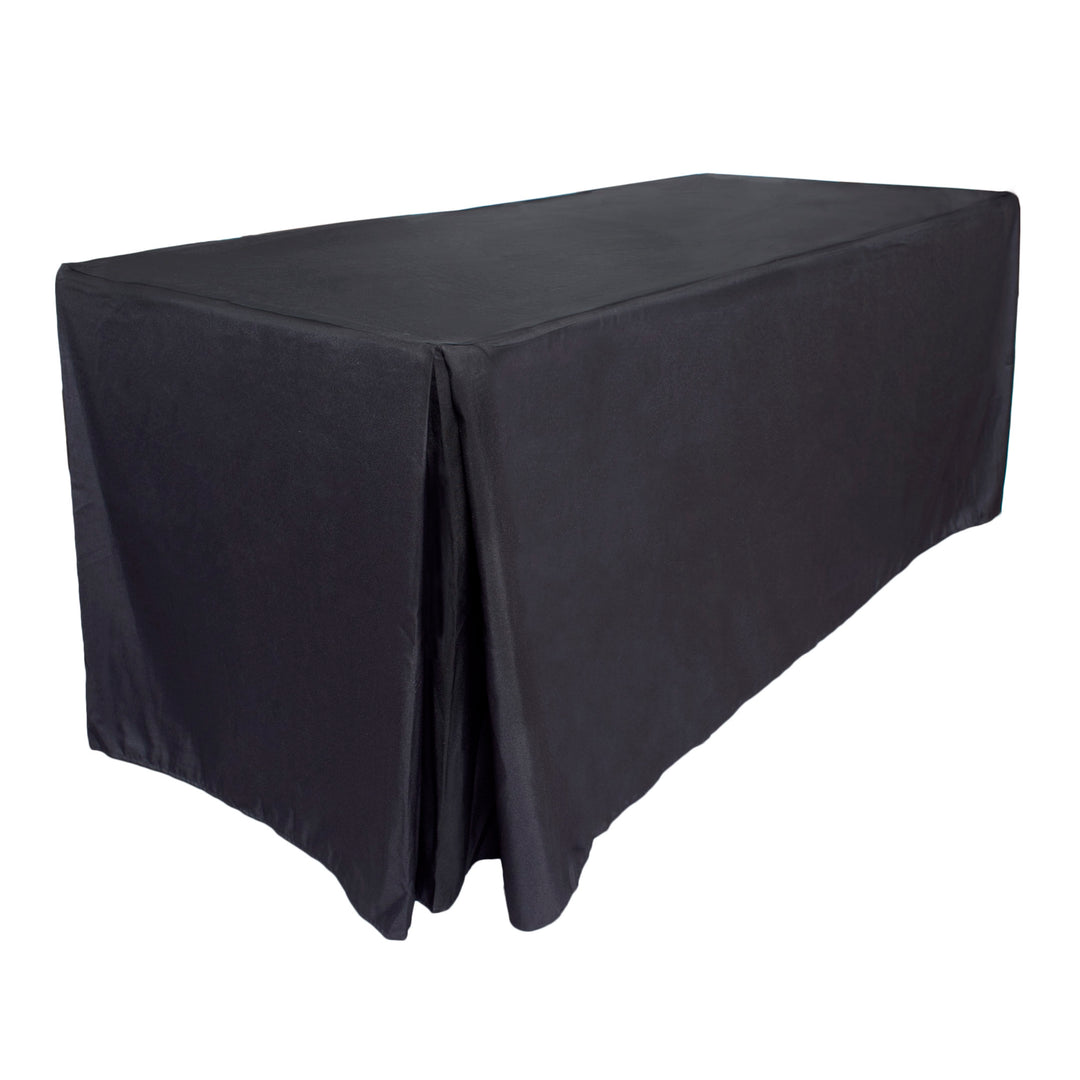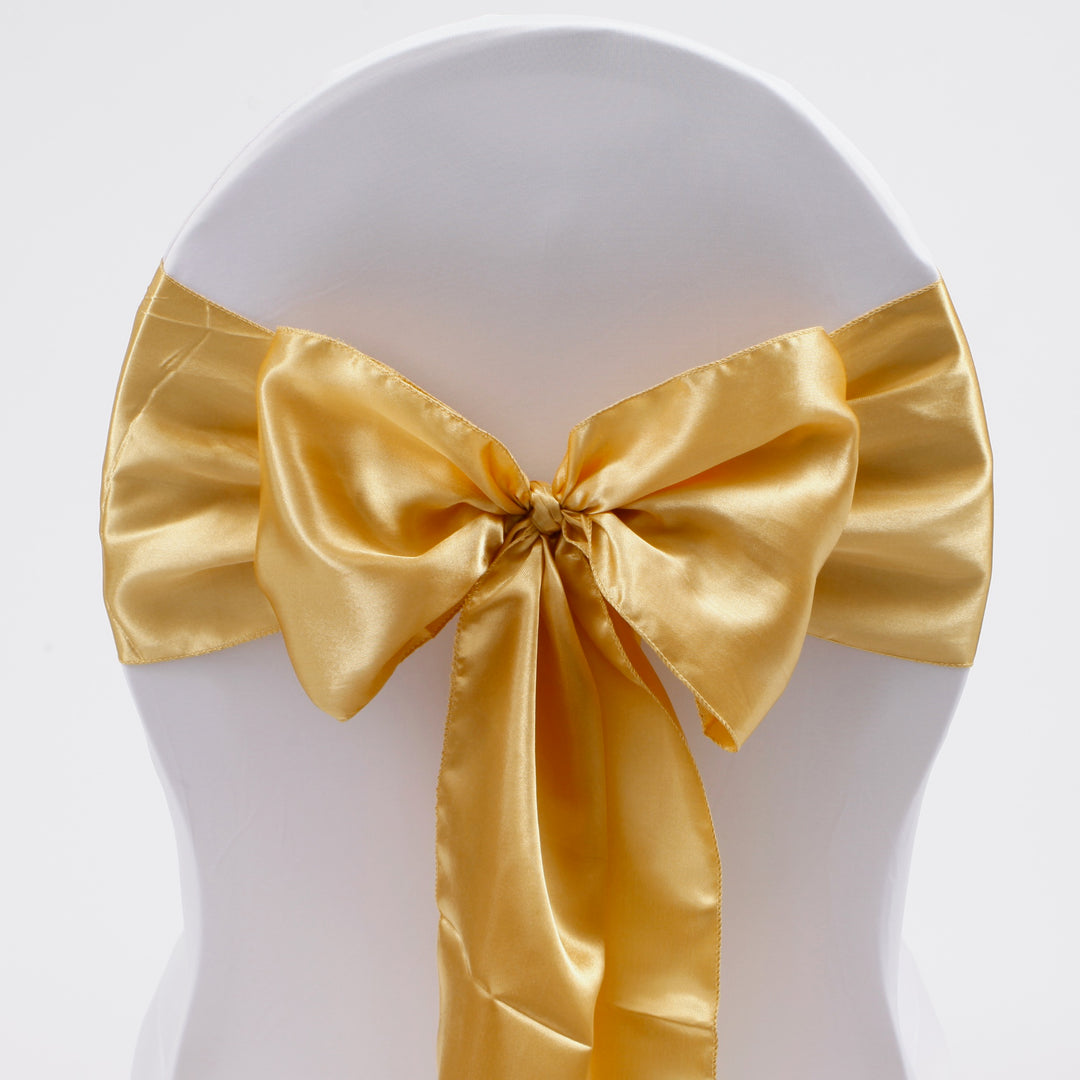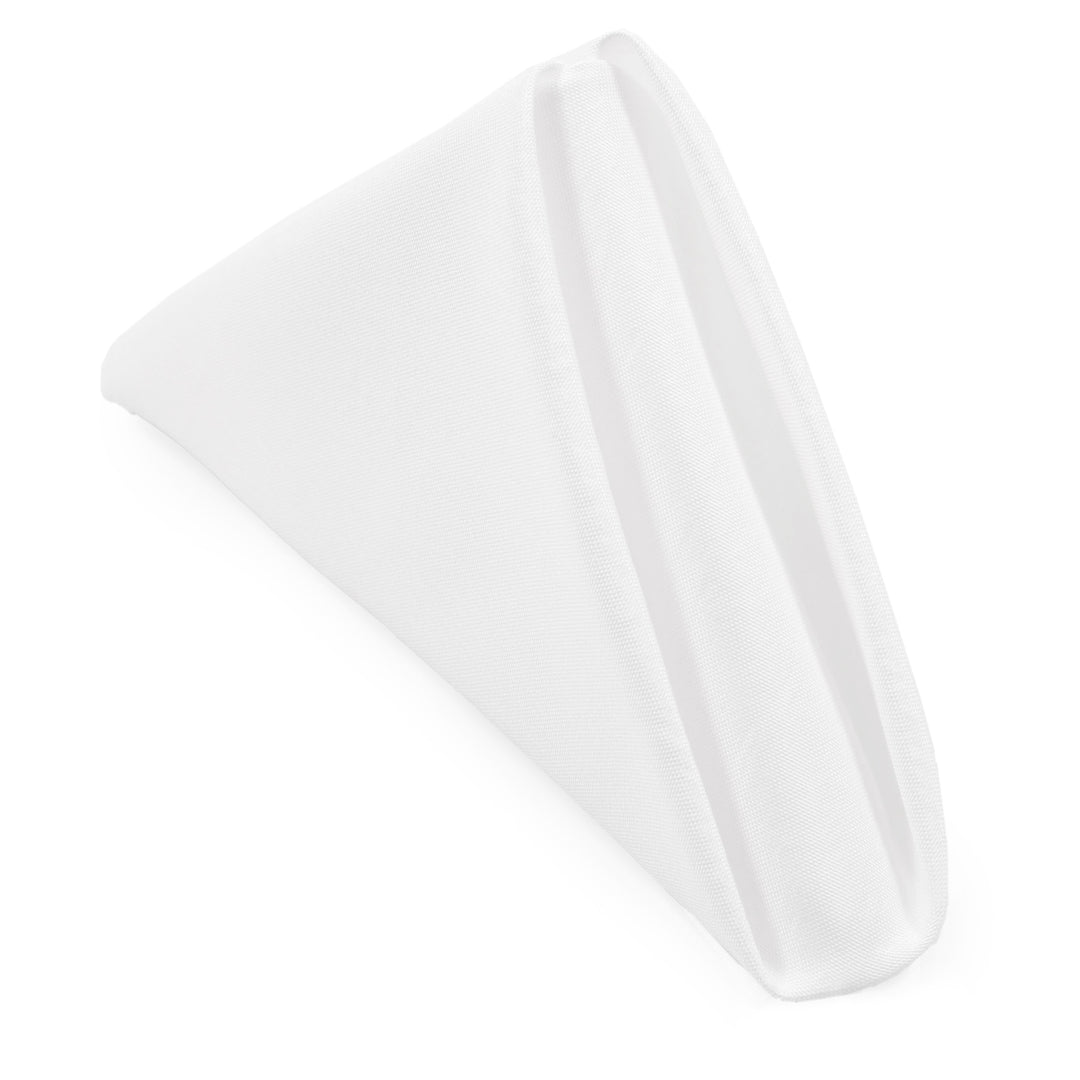Wedding Arbours, Arches and Altars. What’s the Difference?
Choosing the right feature decor for your wedding can seem like a daunting task. It’s the centrepiece of your ceremony, the frame for your perfect moment and the place you’ll be tying the knot with the one you love.
On top of the date, location, guest list and food, deciding between a flower-laden arbour, a perfect willowy arch or a grand altar might feel like just another difficult decision to throw on your already full plate.
Fear not, brides and grooms to be — we’re here to help!
We’re taking a close look at some of the most popular wedding ceremony centrepieces to help you decide which one works best for you.
Keep reading to learn about the key features, meanings and differences between arbours, arches and altars and how you can best use them on your special day.
Wedding Arbours

Image from Instagram @a_divine_event
Wedding arbours are a common ceremonial decoration across a range of religions and cultures. They’re endlessly adaptable and well-suited to a range of decorations, including fabric curtains, flowers, foliage, ribbons and more. They can also be made from any number of materials, with finished wood beams being an elegant choice.
And while they come in a variety of shapes and forms, they generally resemble a roof above the couple. For many newlyweds, this structure symbolises the safety and shelter that their love and commitment to each other will bring.
Alongside their symbolic significance in a wedding ceremony, arbours are also a beautiful way to frame the ceremony and couple. They’re the focal point of the ceremony and work well to anchor it within the space, whether it’s outdoors or in a spacious room.
Because of their versatility, arbours are the perfect basic structure for a wide range of wedding types, including
- Bohemian
- Garden & Outdoor
- Beach
- Interfaith ceremonies
- Rustic

Image from Instagram @thefuchsiapeony
Wedding Arches

Image from Instagram @todaysluxuryweddings
Arches are similar to arbours in that they’re commonly used, and are structures that stand above the couple. What makes most arches stand out though, is their distinctive curved shape or sloped roof.
Just like with arbours, arches frame the couple and draw all eyes to them as the centre of the ceremony. They can also be made out of all the same materials. From solid, finished wood for a refined look, or woven sticks and wires for something a little more rustic.
While arches similarly symbolise the comfort and shelter of a loving home, they also resemble a doorway. To many, this symbolises the couple stepping into a new, exciting phase of life — one they’ll share with eachother.
Arches can also be made in alternative shapes, like triangles to symbolise the strength of the couple’s bond, or hexagons for a more geometric, modern look.

Image from Instagram @detroitmobilebar
Whether dressed up with a floral bounty or with simple fabric, arches are well-suited for many wedding types, including
- Formal
- Garden & Outdoor
- Beach
- Rustic
- Modern
Wedding Altars

Image from Instagram @caratsandcake
Wedding altars are a different kind of ceremony element to arbours and arches. Rather than framing a couple from above, altars centre the wedding couple, often by placing them a step above their ceremony guests.
Altars can be the extravagant centre of a wedding ceremony or a subtle addition to the decor, depending on their structure and decoration. Large, multi-tiered altars, combined with arches and other free-standing decorations are perfect for making a grand statement in the ceremony.
Simple wooden decks are perfect for a more rustic, country-style wedding and can be completed with simple arbours or arches and decorative finishes. A simple, understated altar is also a great place to set the wedding signing table, as it tastefully includes the witness formality into the ceremony.
In an outdoor wedding, an altar can also be used to incorporate the scenery into the ceremony — especially if there is a prominent feature in the location like a grand old tree, a waterfall or an outstanding vista.

Image from Instagram @phuket_wedding_planner
Alternatively, some of the features of the ceremony location can be used as a subtle form of altar, such as a small set of stairs with a landing or a pier jutting into a pond.
In some traditional Christian weddings, the altar represents the presence of God within the ceremony and marriage. Just as in many church ceremonies, this type of altar is used as a table for gifts, offerings and other symbolic items rather than as a platform for the couple.
Altars can represent the grandest opulence or the most subtle taste, frame a modern wedding or be the centre of a faith-based ceremony. They’re a strong foundation for many types of weddings, including
- Formal
- Garden & Outdoor
- Scenic
- Traditional Christian
- Rustic
- Country-Style
Working With the Venue
However you choose to decorate on your special day, it’s important to consider the venue where your ceremony will take place. Large altar structures used in smaller indoor locations are likely to crowd the room, in which case a more subtle option, like a small arch, may be better.
On the other hand, understated wedding features might be overshadowed by eye-catching backgrounds, and may not draw attention or centre the couple as effectively as something louder and more dominant.
If you’re planning a destination wedding, you’ll also want to make sure you know which kinds of structures can be built and placed there. Some public gardens or historic locations might not allow large altars or arbours that have a significant impact on the grounds.
The best ceremonial centrepieces complement their surroundings rather than clash with them. Focus on bringing out the best in your wedding venue and your decor will shine as brightly as you will.
Choosing the Right Decorations for Your Ceremony
There are certainly no hard-and-fast rules as to which decorative centrepieces can or can’t be used at a particular kind of wedding.
Creativity and self-expression are just as important as tradition in many wedding ceremonies today. That means mixing and matching conventions and decorative motifs is most definitely on the cards!
Remember what matters the most to you and how you want to express your commitment to each other in the presence of your dearest friends and family.
Lead with your hearts and your wedding ceremony is bound to be the perfect moment for you.
‘Til next month. XX


